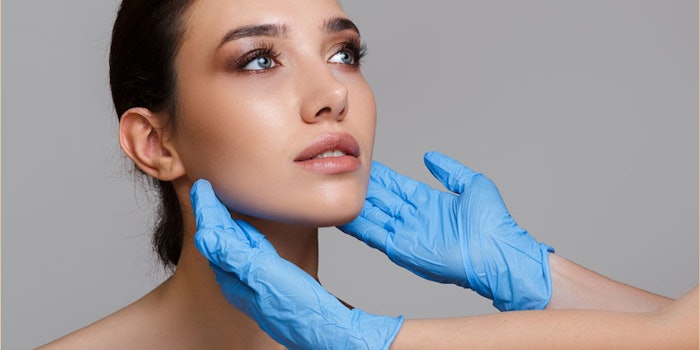
A review published in Microbiome describes insights connecting the skin microbiome with skin health and aging. It also highlights the challenges of exploring and manipulating the skin microbiome.
Featured: [podcast] Hyper Hygiene and Future Directions for the Skin Microbiome
In the article, the authors discuss the skin’s microbial population and composition, including bacteria, viruses and other entities. The role of the microbiome in health and disease is also considered, as well as its modulation by intrinsic and extrinsic factors—specifically in relation to the pathobiological basis of skin aging. Furthermore, perspectives regarding the challenges of skin microbiome manipulation and testing are given.
For example, aging is associated with shifts in skin features, such as spot and wrinkle appearance, modified sebaceous gland activity and dermal compound production. These shifts impact previously established ecological conditions for cutaneous microorganisms.
Tools such as next-generation sequencing (NGS), cultures, transplantation, etc., are offered to investigate the skin microbiome composition and microbe-skin relationships. However, the skin microbiome's composition depends on many factors, which form an intricate network. And while novel sequencing technologies allow researchers to better understand this network, standardization of the studies is required in order to reach conclusions upon which innovations can be built.
Optimized evaluation tools such as 3D skin models also offer ways to study the impact of various factors on the composition of the skin microbiota, as well as its implications for the skin response. The beneficial and protective role of bacterial communities in close relationship with their host is understood to be clinically manipulated, as illustrated by “transplantation-like” technologies. This role is also an important industry concern; i.e., investigating microbial-derived products with bioactive activities.
Still, according to the authors, understanding the skin microbiome is at a turning point.
Related: Microbiome Focus: Challenges, Approaches and Future Directions










